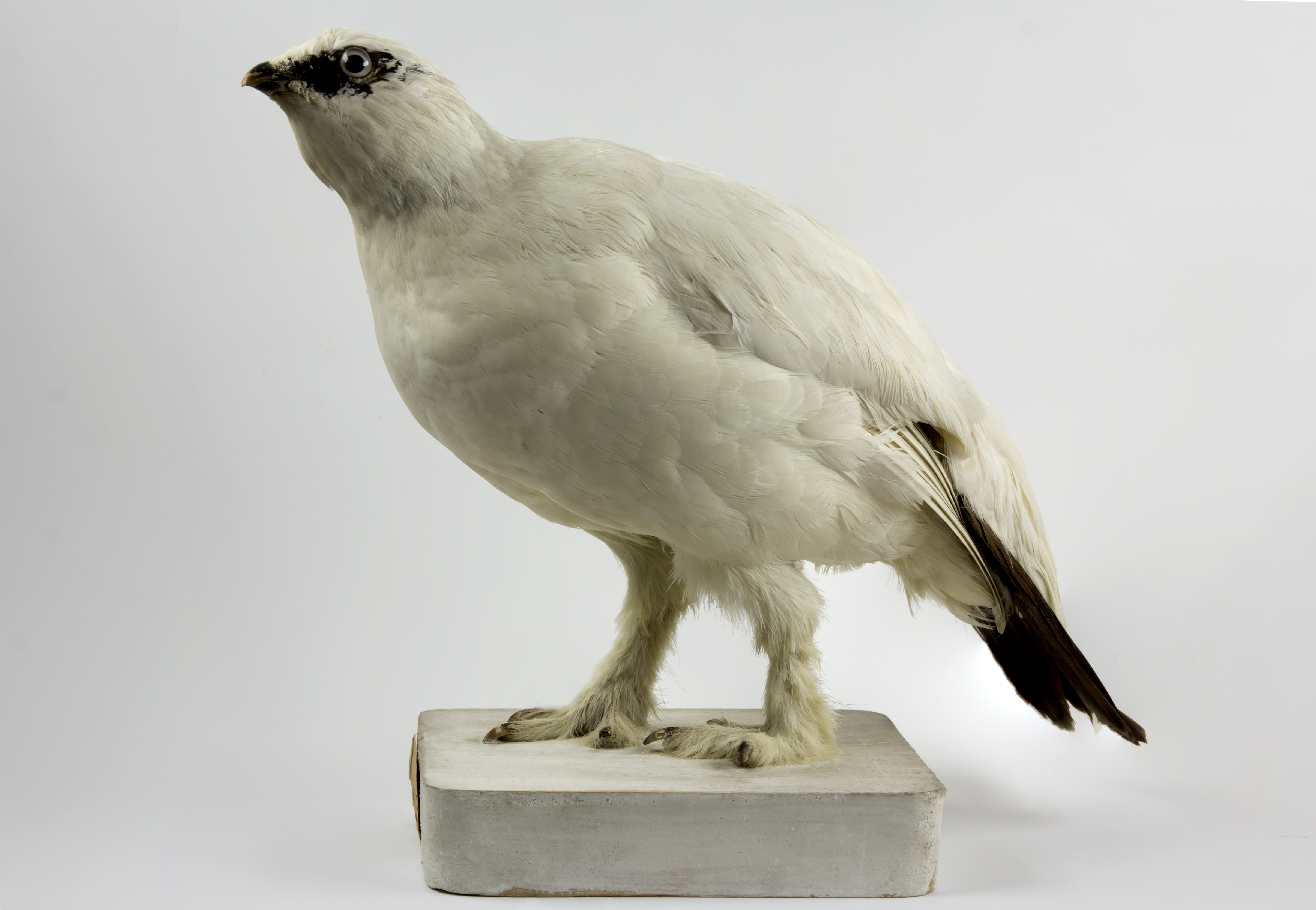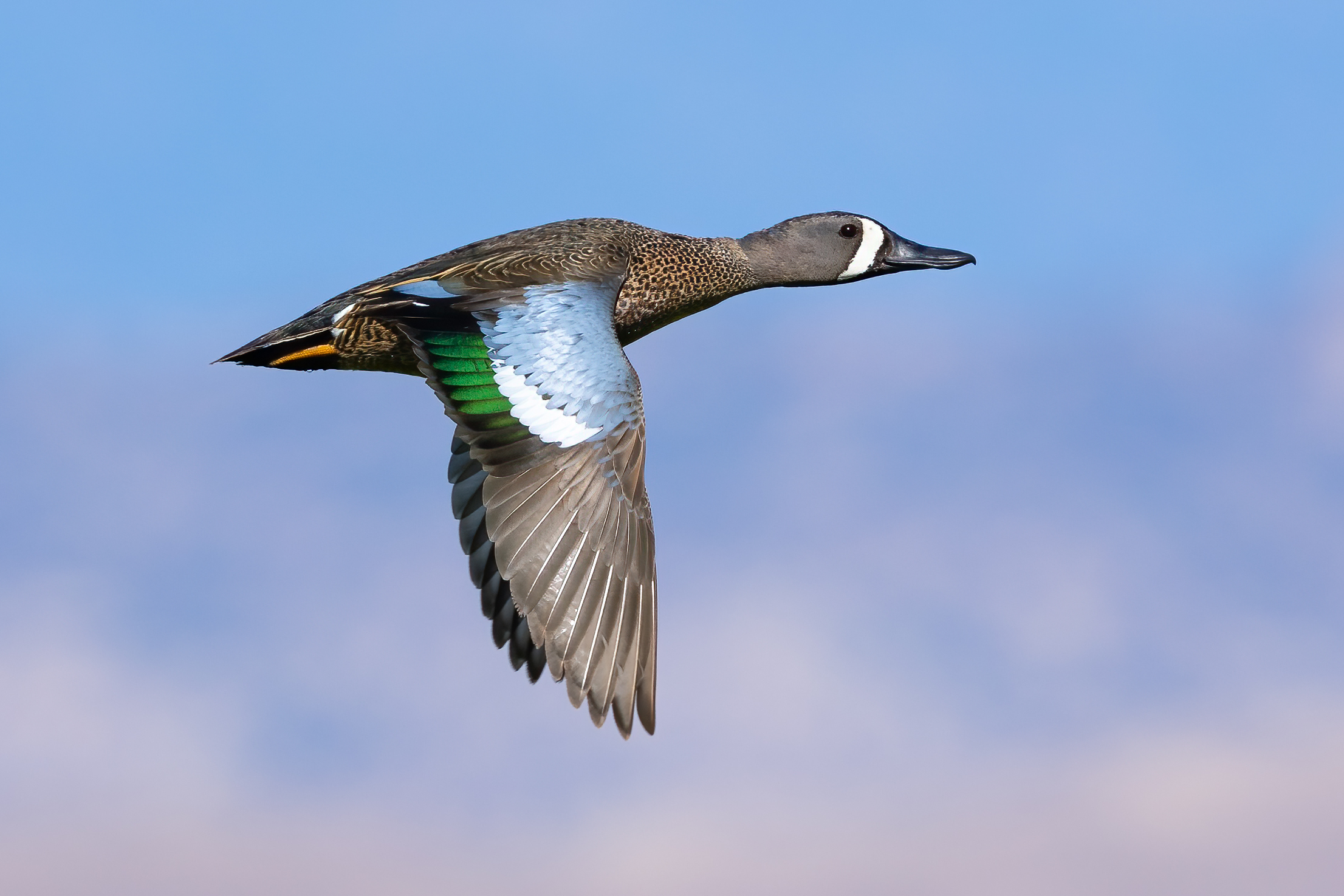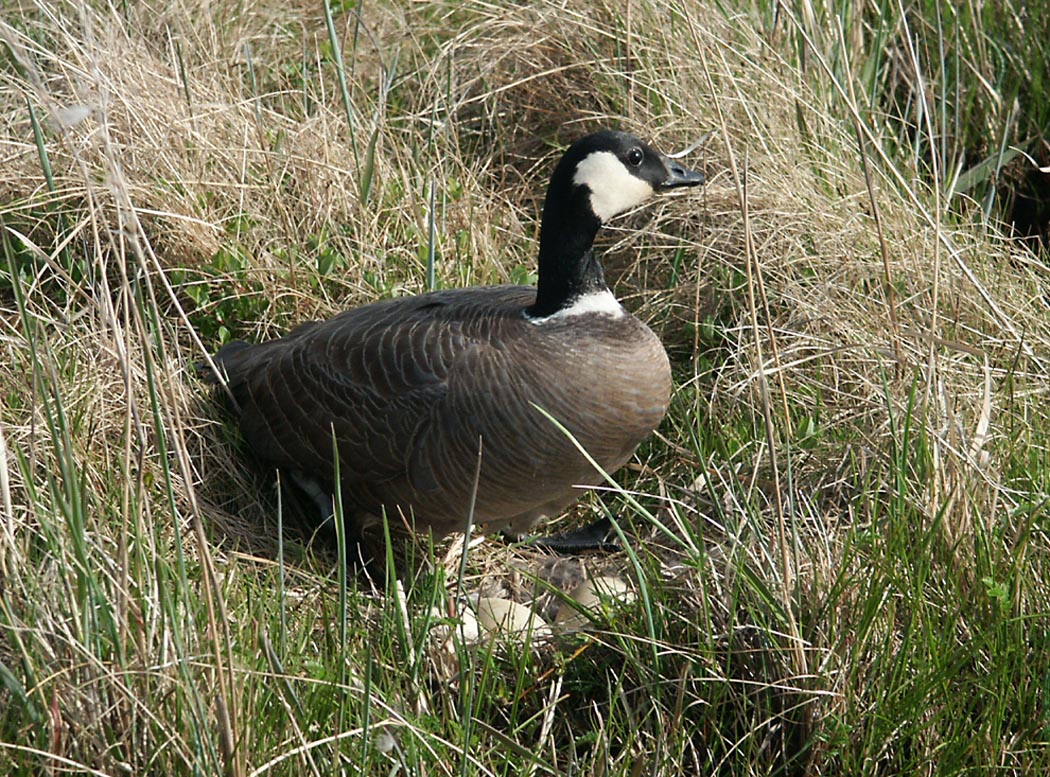|
List Of Birds Of Nunavut
:''This article contains non-English characters and may require the use of special fonts''. This is a list of bird species confirmed in the Canadian territory of Nunavut. Unless otherwise noted, the list is that of ''Bird Checklists of the World'' as of March 2021. Of the 298 species on the list, 136 are accidental and two were introduced to North America. One species is extinct; three are extirpated and one of them is possibly extinct. This list is presented in the taxonomic sequence of the ''Check-list of North and Middle American Birds'', 7th edition through the 62nd Supplement, published by the American Ornithological Society (AOS). Common and scientific names are also those of the ''Check-list'', except that Canadian English spellings are used and the common names of families are from the Clements taxonomy because the AOS list does not include them.. Native names are from the Asuilaak ''Inuktitut Living Dictionary''. There are several dialects of Inuktitut and Inuinnaqtu ... [...More Info...] [...Related Items...] OR: [Wikipedia] [Google] [Baidu] |
Rock Ptarmigan (Lagopus Muta)
The rock ptarmigan (''Lagopus muta'') is a medium-sized Galliformes, game bird in the grouse family (biology), family. It is known simply as the ptarmigan in the UK. It is the official bird for the Canadian territory of Nunavut, where it is known as the ''aqiggiq'' (ᐊᕿᒡᒋᖅ), and the official game bird for the province of Newfoundland and Labrador. In Japan, it is known as the ''raichō'' (雷鳥), which means "thunder bird". It is the official bird of Gifu Prefecture, Gifu, Nagano Prefecture, Nagano, and Toyama Prefecture, Toyama Prefectures and is a protected species nationwide. Unlike many arctic bird species, ptarmigan do not gain substantial mass to hibernate over winter. Etymology The ptarmigan's genus name, ''Lagopus'', is derived from Ancient Greek ''lagos'' (λαγώς ''lagṓs''), meaning "hare", + ''pous'' (πούς ''poús''), "foot", in reference to the bird's feathered legs. The species name, ''muta'', comes from New Latin and means "mute", referring to t ... [...More Info...] [...Related Items...] OR: [Wikipedia] [Google] [Baidu] |
Ross's Goose
The Ross's goose (''Anser rossii'') is a white goose with black wingtips and a relatively short neck. It is the smallest of the three " white geese" that breed in North America. It is similar in appearance to a white-phase snow goose, but about 40% smaller. Other differences from the snow goose are that the bill is smaller in proportion to its body and lacks "black lips". The dark phase is extremely rare. Before the early 1900s, this goose was considered a rare species, possibly as a consequence of open hunting, but numbers have increased dramatically as a result of conservation measures. It is now listed as a species of Least Concern by the IUCN, and is protected by the Migratory Bird Treaty Act. The Ross's goose is named in honor of Bernard R. Ross, who was associated with the Hudson's Bay Company in Canada's Northwest Territories. Members of the Hudson's Bay Company were the first Europeans to discover the arctic nesting grounds of Ross's geese in 1940. The first recognizabl ... [...More Info...] [...Related Items...] OR: [Wikipedia] [Google] [Baidu] |
Gadwall
The gadwall (''Mareca strepera'') is a common and widespread dabbling duck in the family Anatidae. Taxonomy The gadwall was first described by Carl Linnaeus in his landmark 1758 10th edition of ''Systema Naturae''. DNA studies have shown that it is a sister species with the falcated duck; the two are closely related to the three species of wigeons, and all of them have been assigned to the genus ''Mareca''. There are two subspecies: * ''M. s. strepera'', the common gadwall, described by Linnaeus, is the nominate subspecies. * ''M. s. couesi'', Coues's gadwall, extinct 1874, was formerly found only on Teraina, a coral atoll in the Pacific Ocean. The specific name ''strepera'' is Late Latin for "noisy". The etymology of the word ''gadwall'' is not known, but the name has been in use since 1666. Description The gadwall is long with a wingspan. The male is slightly larger than the female, weighing on average against her . The breeding male is patterned grey, with a black re ... [...More Info...] [...Related Items...] OR: [Wikipedia] [Google] [Baidu] |
Northern Shoveler
The northern shoveler (; ''Spatula clypeata''), known simply in Britain as the shoveler, is a common and widespread duck. It breeds in northern areas of Europe and across the Palearctic and across most of North America, wintering in southern Europe, the Indian subcontinent, Southeast Asia, Central, the Caribbean, and northern South America. It is a rare vagrant to Australia. In North America, it breeds along the southern edge of Hudson Bay and west of this body of water, and as far south as the Great Lakes west to Colorado, Nevada, and Oregon. The northern shoveler is one of the species to which the ''Agreement on the Conservation of African-Eurasian Migratory Waterbirds'' (AEWA) applies. The conservation status of this bird is Least Concern. Taxonomy The northern shoveler was first formally described by the Swedish naturalist Carl Linnaeus in 1758 in the tenth edition of his ''Systema Naturae''. He introduced the binomial name ''Anas clypeata''. A molecular phylogentic study ... [...More Info...] [...Related Items...] OR: [Wikipedia] [Google] [Baidu] |
Blue-winged Teal
The blue-winged teal (''Spatula discors'') is a species of bird in the duck, goose, and swan family Anatidae. One of the smaller members of the dabbling duck group, it occurs in North America, where it breeds from southern Alaska to Nova Scotia, and south to northern Texas. It winters along the Pacific and Atlantic coasts and south into the Caribbean islands and Central America. Taxonomy The first formal description of the blue-winged teal was by the Swedish naturalist Carl Linnaeus in 1766 in the twelfth edition of his '' Systema Naturae''. He coined the binomial name ''Anas discors''. A molecular phylogentic study comparing mitochondrial DNA sequences published in 2009 found that the genus ''Anas'', as then defined, was non-monophyletic. The genus was subsequently split into four monophyletic genera with ten species including the blue-winged teal moved into the resurrected genus ''Spatula''. This genus had been originally proposed by the German zoologist Friedrich Boie ... [...More Info...] [...Related Items...] OR: [Wikipedia] [Google] [Baidu] |
Wood Duck
The wood duck or Carolina duck (''Aix sponsa'') is a species of perching duck found in North America. The drake wood duck is one of the most colorful North American waterfowl. Description The wood duck is a medium-sized perching duck. A typical adult is from ( or 1.5 feet max.) In length with a wingspan of between . The wood duck's weight ranges from 454-862 g (16.0-30.4 oz). This is about three-quarters of the length of an adult mallard. It shares its genus with the Asian Mandarin duck (''Aix galericulata''). The adult male has stunning multicolored iridescent plumage and red eyes, with a distinctive white flare down the neck. The female, less colorful, has a white eye-ring and a whitish throat. Both adults have crested heads. The male's call is a rising whistle, ''jeeeeee''; the females utter a drawn-out, rising squeal, ''do weep do weep'', when flushed, and a sharp ''cr-r-ek, cr-e-ek'' for an alarm call. Behavior Their breeding habitat is wooded swamps, shallow l ... [...More Info...] [...Related Items...] OR: [Wikipedia] [Google] [Baidu] |
Ruddy Shelduck
The ruddy shelduck (''Tadorna ferruginea''), known in India as the Brahminy duck, is a member of the family Anatidae. It is a distinctive waterfowl, in length with a wingspan of . It has orange-brown body plumage with a paler head, while the tail and the flight feathers in the wings are black, contrasting with the white wing-coverts. It is a migratory bird, wintering in the Indian subcontinent and breeding in southeastern Europe and central Asia, though there are small resident populations in North Africa. It has a loud honking call. The ruddy shelduck mostly inhabits inland water-bodies such as lakes, reservoirs and rivers. The male and female form a lasting pair bond and the nest may be well away from water, in a crevice or hole in a cliff, tree or similar site. A clutch of about eight eggs is laid and is incubated solely by the female for about four weeks. The young are cared for by both parents and fledge about eight weeks after hatching. In central and eastern Asia, pop ... [...More Info...] [...Related Items...] OR: [Wikipedia] [Google] [Baidu] |
Tundra Swan
The tundra swan (''Cygnus columbianus'') is a small swan of the Holarctic. The two taxa within it are usually regarded as conspecific, but are also sometimes split into two species: Bewick's swan (''Cygnus bewickii'') of the Palaearctic and the whistling swan (''C. columbianus'') proper of the Nearctic. Birds from eastern Russia (roughly east of the Taymyr Peninsula) are sometimes separated as the subspecies ''C. c. jankowskii'', but this is not widely accepted as distinct, with most authors including them in ''C. c. bewickii''. Tundra swans are sometimes separated in the subgenus ''Olor'' together with the other Arctic swan species. Bewick's swan was named in 1830 by William Yarrell after the engraver Thomas Bewick, who specialised in illustrations of birds and animals. ''Cygnus'' is the Latin for "swan", and '' columbianus'' comes from the Columbia River, the type locality. Description ''C. columbianus'' is the smallest of the Holarctic swans, at in length, in wingspan and ... [...More Info...] [...Related Items...] OR: [Wikipedia] [Google] [Baidu] |
Trumpeter Swan
The trumpeter swan (''Cygnus buccinator'') is a species of swan found in North America. The heaviest living bird native to North America, it is also the largest extant species of waterfowl, with a wingspan of 185 to 250 cm (6 ft 2 in to 8 ft 2 in). It is the American counterpart and a close relative of the whooper swan (''Cygnus cygnus'') of Eurasia, and even has been considered the same species by some authorities. By 1933, fewer than 70 wild trumpeters were known to exist, and extinction seemed imminent, until aerial surveys discovered a Pacific population of several thousand trumpeters around Alaska's Copper River. Careful reintroductions by wildlife agencies and the Trumpeter Swan Society gradually restored the North American wild population to over 46,000 birds by 2010. Description The trumpeter swan is the largest extant species of waterfowl, and both the heaviest and longest native bird of North America. Adults usually measure long, though large males can exceed in ... [...More Info...] [...Related Items...] OR: [Wikipedia] [Google] [Baidu] |
Cackling Goose
The cackling goose (''Branta hutchinsii'') is a species of goose found in North America. Description The black head and neck with white "chinstrap" distinguish this goose from all other geese except the larger Canada goose (''Branta canadensis'') and the similarly sized barnacle goose (''B. leucopsis''). There are up to 5 subspecies of cackling goose, of varying sizes and plumage details. The female looks virtually identical but is slightly lighter and has a different voice. Some are hard to distinguish from the Canada goose, with which the cackling goose was long assumed to form one species, the cackling goose and the smaller Canada goose subspecies being called the lesser Canada goose. The smallest Cackling geese (''B. h. minima'') are much smaller than any Canada goose, but the subspecies ''B. h. hutchinsii'', at up to , grows to the same size as some Canada geese. The distinctness of the extinct population of the Komandorski and Kuril Islands ''B. h. asiatica'' is controvers ... [...More Info...] [...Related Items...] OR: [Wikipedia] [Google] [Baidu] |
Canada Goose
The Canada goose (''Branta canadensis''), or Canadian goose, is a large wild goose with a black head and neck, white cheeks, white under its chin, and a brown body. It is native to the arctic and temperate regions of North America, and it is occasionally found during migration across the Atlantic in northern Europe. It has been introduced to the United Kingdom, Ireland, Finland, Sweden, Denmark, New Zealand, Japan, Chile, Argentina, and the Falkland Islands. Like most geese, the Canada goose is primarily herbivorous and normally migratory; often found on or close to fresh water, the Canada goose is also common in brackish marshes, estuaries, and lagoons. Extremely adept at living in human-altered areas, Canada geese have established breeding colonies in urban and cultivated habitats, which provide food and few natural predators. The success of this common park species has led to its often being considered a pest species because of its excrement, its depredation of crops, its n ... [...More Info...] [...Related Items...] OR: [Wikipedia] [Google] [Baidu] |
Barnacle Goose
The barnacle goose (''Branta leucopsis'') is a species of goose that belongs to the genus '' Branta'' of black geese, which contains species with largely black plumage, distinguishing them from the grey ''Anser'' species. Despite its superficial similarity to the brant goose, genetic analysis has shown it is an eastern derivative of the cackling goose lineage. Taxonomy and naming The barnacle goose was first classified taxonomically by Johann Matthäus Bechstein in 1803. ''Branta'' is a Latinised form of Old Norse ''Brandgás'', "burnt (black) goose" and the specific epithet is from the Ancient Greek ''leukos'' "white", and ''opsis'' "faced". The barnacle goose and the similar brant goose were previously considered one species, and were formerly believed to spawn from the goose barnacle. This gave rise to the English name of the barnacle goose and the scientific name of the brant. It is sometimes claimed that the word comes from a Celtic word for "limpet", but the sense-histor ... [...More Info...] [...Related Items...] OR: [Wikipedia] [Google] [Baidu] |
.jpg)


_female_and_male_dabbling.jpg)
.jpg)






.jpg)
